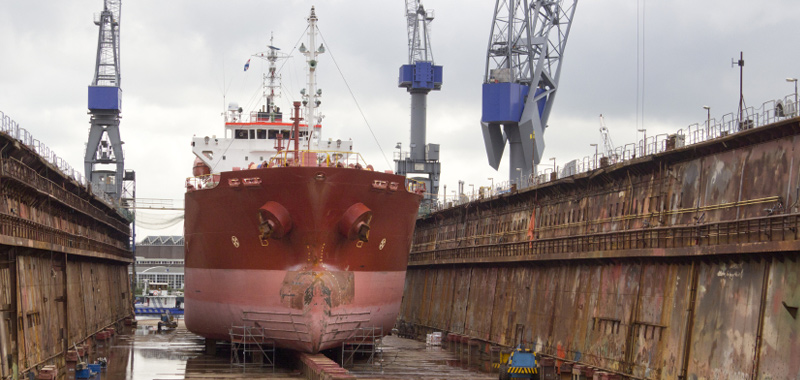Volunteer accident victim during evacuation drill. Shipyard liable?
A shipyard in Schiedam held an evacuation drill on a ship it built. The ship had to be inspected in this way before it was allowed to set sail. The exercise involved sliding down a slide from the sloop deck into a large inflatable life raft. With a flyer, the shipyard invited residents of Krimpen aan den IJssel to take part in this evacuation exercise - for a fee of €50. One participant broke her left ankle during the exercise while sliding down the slide in a large inflatable lifeboat, from a height comparable to about eight storeys. The injury was caused (partly) by the movement of the lifeboat in which she landed and a protruding edge. The woman holds the shipyard liable for her personal injury.
The Rotterdam court rules that the shipyard created a dangerous situation with the evacuation drill. The volunteers who took part in the exercise were inexperienced in doing so. This inexperience could lead to participants not being sufficiently careful. An additional factor is that a large number, about 200, people took part in the exercise, which increased the likelihood that one or more participants would be careless. Injuries were highly foreseeable when carrying out an activity such as the one at issue here. When sliding down a chute over a relatively long distance during such an exercise, it is to be expected - the court said - that the feet and ankles, which are the first down upon landing in the lifeboat, would receive some blow. Injury to the ankles is likely in the process. The consequences of the injury as occurred to the woman are not inconsiderable. These are personal injuries which, by their nature, are severe and, where appropriate, may involve permanent injury.
The court continued that the shipyard could have taken precautions (which were not particularly onerous for it) that could have prevented the accident. The shipyard should and could have done something against the movement of the lifeboat in relation to the ship and the protruding edge. In any case, the shipyard could have given concrete warnings and precise instructions (whether or not accompanied by a demonstration). The shipyard did not make sufficiently clear what measures it took. The court therefore assumes that the shipyard did not take sufficient measures to ensure the safety of the participants in the evacuation exercise and finds that the shipyard's endangerment was unlawful. The shipyard is therefore liable for the accident that befell the woman.
Tip: Thus, to assess whether the shipyard's dangerous conduct is unlawful, the court considers the following circumstances: the nature of the conduct, the foreseeable severity of the consequences, the objectionability of precautionary measures and the likelihood of damage. These are also known as the 'Cellar Door Criteria', which can be applied when assessing many a personal injury claim.

